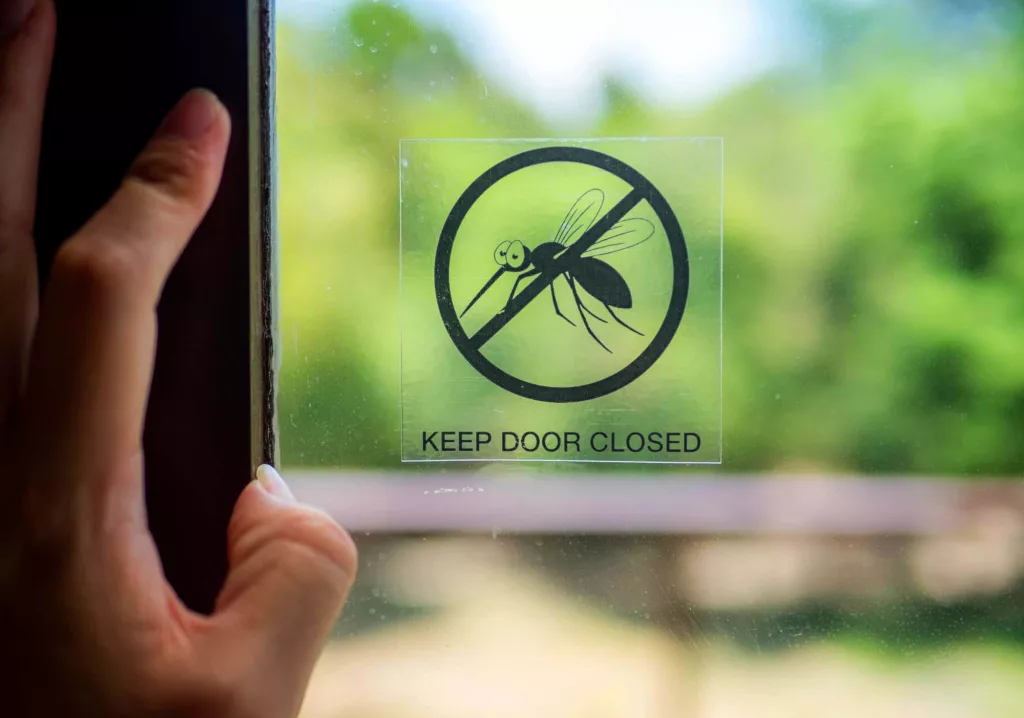Aerial treatment to combat Eastern Equine Encephalitis (EEE) is scheduled to begin tonight in several Michigan counties, including parts of Berrien, Cass and St. Joseph Counties. That word came this afternoon from the Michigan Department of Health and Human Services (MDHHS).
Meanwhile, the Berrien County Health Department says that while you may see an airplane flying over the area before sunset, it is only surveying the area, not actively spraying. Spraying will not occur during daylight hours according to the Health Department’s Gillian Conrad.
The areas slated for treatment are identified in the Aerial Treatment Zones Map and include:
- Area 3-1 in Berrien County.
- Area 5-2 in Cass County.
- Areas 12-2 and 12-3 in St. Joseph County
You are asked to refer to the County-level Aerial Treatment Maps for more details of the identified zones’ locations. If the weather allows, additional treatment will begin in areas 13-1, 5-1 and 12-1 which encompass parts of Van Buren, Cass and St. Joseph counties. You can see the map by clicking this link: EEE_Aerial_Treatment_Zones_666895_7
These schedules are weather dependent and may change. You can also click this link for the most up to date information at any time: http://Michigan.gov/EEE
All other treatment zones, including those covering Kalamazoo and Portage, will not be treated this evening.
As of today, Sunday, September 29th, EEE has been confirmed in nine people, with three fatalities, in Barry, Berrien, Calhoun, Cass, Kalamazoo and Van Buren counties. In addition, cases have occurred in 30 animals from 15 counties: Allegan, Barry, Berrien, Calhoun, Cass, Genesee, Jackson, Kalamazoo, Kent, Lapeer, Livingston, Montcalm, Newaygo, St. Joseph and Van Buren.
Dr. Joneigh Khaldun is Chief Medical Executive for the Michigan Department of Health & Human Services and also serves as Chief Deputy for Health. Dr. Khaldun says, “Aerial treatment is being conducted because this disease represents an emergent threat to Michigan’s public health, and public health authorities must take decisive action to protect Michiganders.” The doctor adds, “In the last few days we have confirmed three new EEE cases in animals and two of those were in counties not previously affected by this deadly virus.”
Aerial treatment is conducted by low-flying aircraft, beginning in the early evening and continuing up until 4:30 am the next morning, in areas of concern. Mosquito control professionals will apply approved pesticides as an ultra-low volume (ULV) spray. ULV sprayers dispense very fine aerosol droplets that stay suspended in the air and kill adult mosquitoes on contact. This is a tactic other states, including Massachusetts and Rhode Island, have employed to combat EEE.
EEE is one of the most dangerous mosquito-borne diseases in the United States, with a 33-percent fatality rate in people who become ill. People can be infected with EEE from the bite of a mosquito carrying the viruses. Persons younger than age 15 and over age 50 are at greatest risk of severe disease following infection.
Although the aerial spray is considered necessary to reduce human risk, it will not eliminate it. Residents must continue to protect themselves from mosquito bites by:
- Avoid being outdoors from dusk to dawn when mosquitos that carry the EEE virus are most active.
- Applying insect repellents that contain the active ingredient DEET, or other U.S. Environmental Protection Agency-registered product to exposed skin or clothing, and always follow the manufacturer’s directions for use.
- Wearing long-sleeved shirts and long pants when outdoors. Apply insect repellent to clothing to help prevent bites.
- Maintaining window and door screening to help keep mosquitoes outside.
- Emptying water from mosquito breeding sites around the home, such as buckets, unused kiddie pools, old tires or similar sites where mosquitoes may lay eggs.
- Using nets and/or fans over outdoor eating areas.
Signs of EEE infection include the sudden onset of fever, chills, body and joint aches which can progress to a severe encephalitis, resulting in headache, disorientation, tremors, seizures and paralysis. Anyone who thinks they may be experiencing these symptoms should contact a medical provider. Permanent brain damage, coma and death may also occur in some cases.
More information, including a Frequently Asked Questions document, are available at Michigan.gov/EEE, which is linked earlier in this article.






